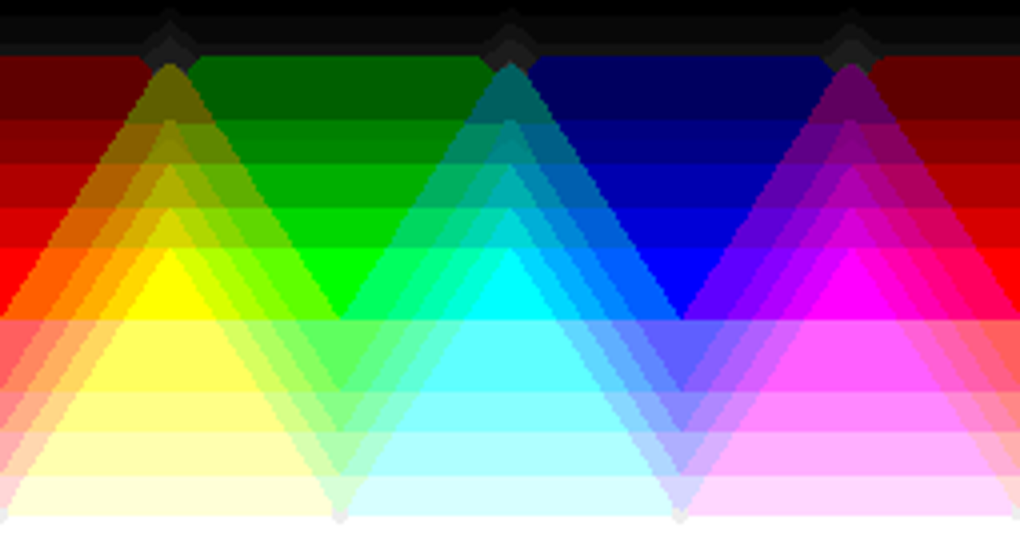This is a an file type that aims to be much smaller than other image formats (sometimes 75% smaller!). The code provided in this repository provides a converter that can convert between PNG files and CMI files.
- Firstly, you need Python, (Python 3.12 was used to test this)
- Secondly, you need to set the current directory to wherever you downloaded this, and run
pip install -r requirements.txt - Now, you can actually convert with it, here's all of the arguments you can use:
positional arguments (required):
src Source file to convert
options:
-h, --help show this help message
--output Output path (with filename), makes a default name in the directory of the original file if not
provided (default: None)
--size {1,2,3} Determines the max resolution of a outputted cmi file. Will determine a size from the image if none
is given. (1 = 1020x1020 max, 2 = 64516x64516 max, 3 = 16387064x16387064 max. Image will be
automatically resized if it doesn't fit the maximum size) (default: None)
Its not the best quality, it locks the color palette to 255 colors, and saves a quarter of the original image in the file (it still converts it to the correct size when converting back)
For example, heres a color spectrum with all colors besides grayscale colors:
Now, I will run cmi.py colorscale.png, and get a CMI file in return, now lets see what it saved by doing the reverse, cmi.py colorscale.cmi
I get this image in return:
Its obviously not the best image format, but it works. Now lets add more arguments to get more specific results.
I will start with --output because it's easy to understand, it lets you pick a filename and location, an example is cmi.py colorscale.png --output=C:\why-here.png
(be sure to include the directory, filename, and the file extension for this)
Secondly, --help and -h, it will explain all position and optional requirements.
Now, a more fun argument is --size, it modifies 0x00000003 in the file which determines the maximum size of said image (i explain more on how the format works later) For example, lets use the color scale image we've been using and set it's size to 1.
cmi.py colorscale.png --size=1
We get a cmi file, noticeably smaller than the last one, now lets convert it to a png.
cmi.py colorscale.cmi
It's noticeably smaller as well. Lets move on to the last section that explains how the file itself works
I adopted most of the ways a PNG file works because of this video which inspired me to make this image format. Anyways, the file is encoded and decoded in hexadecimal, split into 2 chunks by a end-of-chunk byte of 0x00 (this is why there are 255 possible colors to decode and not 256). The first chunk contains the file signature (a form of verification) the SizeType (explained before), the width, and the height of the image. The next chunk is the image data, it contains the color index of every pixel (list of possible colors is in storage.py) which extends to the end of the file.
Here is a visual example of colorscale.cmi (which I converted last) with labels for each chunk & sub-chunk:
(please note that the length of the width & height sub-chunk can vary dependent on the SizeType)
A list:
- Add quantization to allow better-looking images
- Reduce CMI file size by having a color index then length of said color
- Add an actual checksum
Well that's all, hope you enjoyed this.



